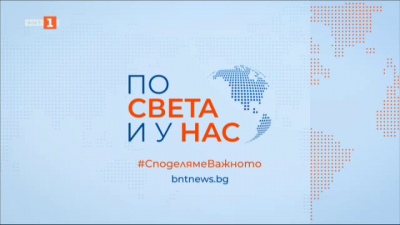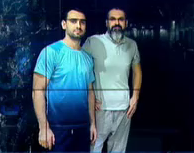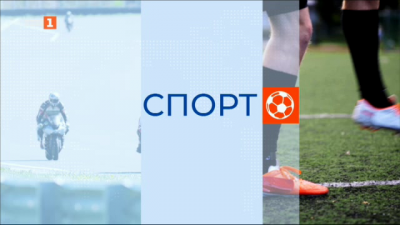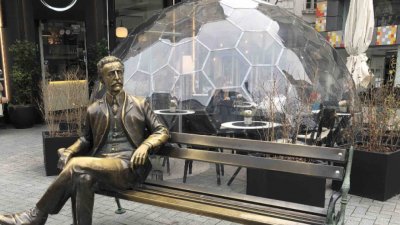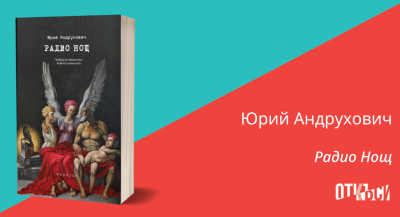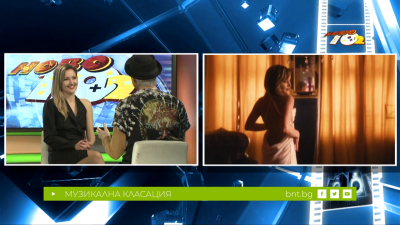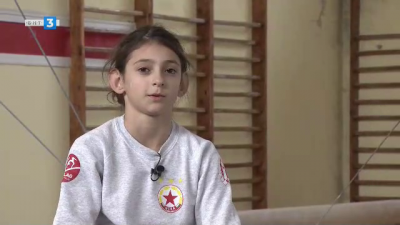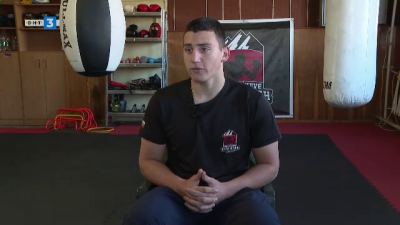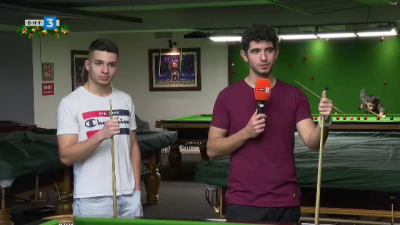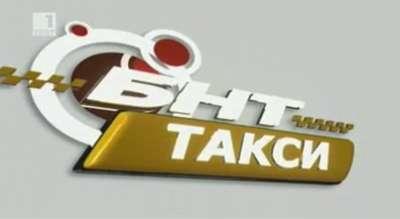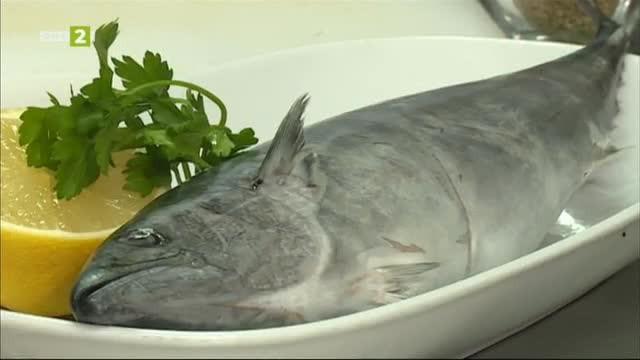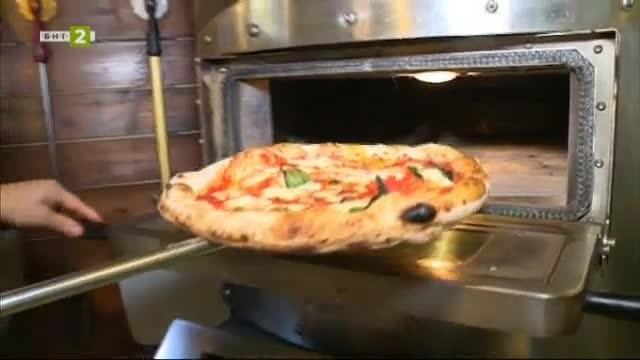New school year in Bulgaria began - the rules to stay safe from Covid-19
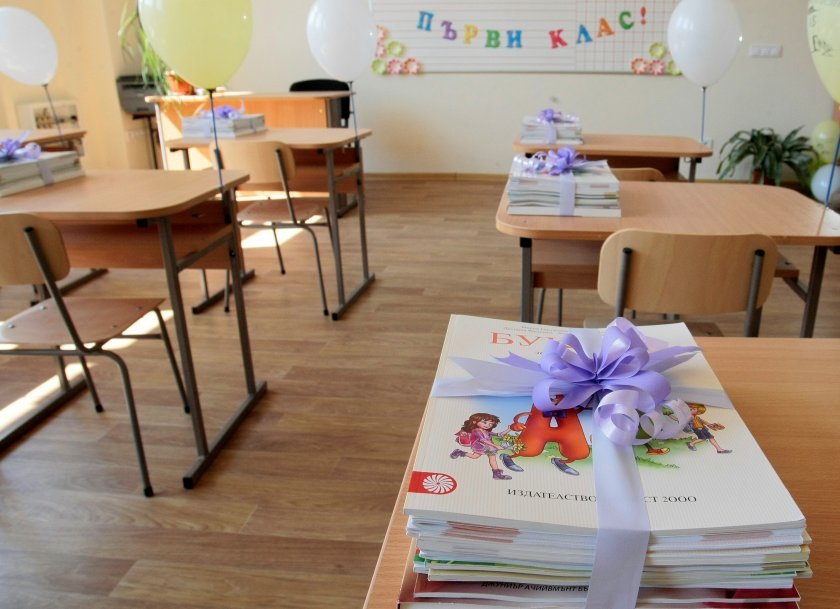
The 2020/2021 school year in Bulgaria began on September 15. This is will be the first school year to feature special measures due to the Covid-19 epidemic.
Students will be required to wear protective masks in the common parts of the school building, but not while in the classrooms.
Approximately 59,000 students will start school for the first time.
More than 717,000 students will go in the classrooms of 2,360 schools.
About 300 children are expected to chooseto study remotely from home for various reasons.
The opening of the school year will be unusual as festivities in the school yards will take place only for students from the first, fifth and eighth grades.
The rest of the students will go straight in the classrooms where they will be introduced to safety and anti-epidemic rules.
Two types of measures have been outlined by the Ministry of Education for schools: mandatory and recommended.
The mandatory measures include disinfection of the schools, distance, wearing of masks, washing of the hands, notification of the parents if there is a sick child in the school.
The recommended measures will be determined by each school.
Here are some of the measures to be followed this school year:
- several different entrances through which the students from different grades will enter the buildings without students interacting with each other (primary, junior high school, high school);
- the temperature will not necessarily be measured at the entrance, because it will delay students going to class
- students will not wear masks while in classrooms
- in all common parts of the school (corridors, canteen, toilets, teacher's room) everyone is required to wear masks
- Primary teachers will not wear masks in class
- The teachers from the upper grades will wear masks or shileds in class because they enter different classes
- in some schools, the students will not change rooms for the different subjects and will study in only one room
- in the corridors children will move so that the separate streams do not have contact with each other (movement only on the right side or a corridor divided into two by limiters);
- the school canteen will be divided with Plexiglas screens in two (the children will enter from one side, will take food, will sit in a separate sector, and then will leave from the other side)
- where possible in primary schools, the classes will be divided into two (one child on a desk)
- the breaks will start at different times to limit the number of students who are together at a time
- there will be outdoor classrooms
- the so-called "isolators" in schools, where children with symptoms will wait for their parents for about an hour (the next step is an examination by the GP)
- There will be no compulsory testing of children for COVID-19, if tests of teachers are required, they will be at the expense of the state.
The individual classes will not interact with each other. Thus, if a child becomes ill, the 14-day quarantine will be required only for the individual class, nit for the whole school.
In case of teachers getting ill and if there is a shortage of staff in the schools, university students will be involved in the process of teaching.
Due to the insistence of parents on changes in the School Education Act, it was decided that a student should have the right to study in an electronic environment at home for more than 30 days. These children will be educated through a virtual classroom and distance learning centres will be built.
The school year starts wil in-person attendance and if necessary within 24 hours schools may switch to distance learning from home.
Get the latest news wherever you are!
Follow us on
Facebook
and
Instagram
Follow BNT’s YouTube channel
You can now also watch us on
TikTok
Find us on
Google News






